What to expect
Preparing for your journey
- Expected recovery
- What to avoid
- Pain management
- When to call your doctor
- Follow up
- Life with a new baby
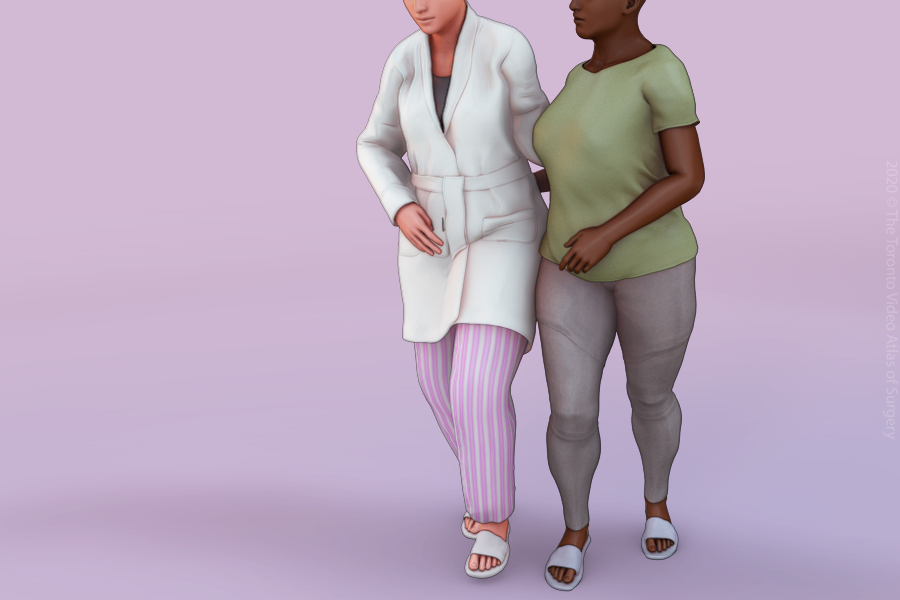

Coming home with a new baby after a C-section can be an overwhelming time. It is normal to feel tired and to experience some pain as you heal.

You will be encouraged to rest, take pain medication, and walk around to promote healing.

You can shower and perform activities as needed.

Your incision should be kept dry, meaning that you should avoid applying creams/ointments unless prescribed and that you should leave the scar uncovered (i.e. avoid bandages and tight clothing).

Numbness along the scar is normal for many women and usually resolves several months after your surgery.

You will experience vaginal bleeding following your delivery. Bleeding may last until 6-8 weeks and is normal.
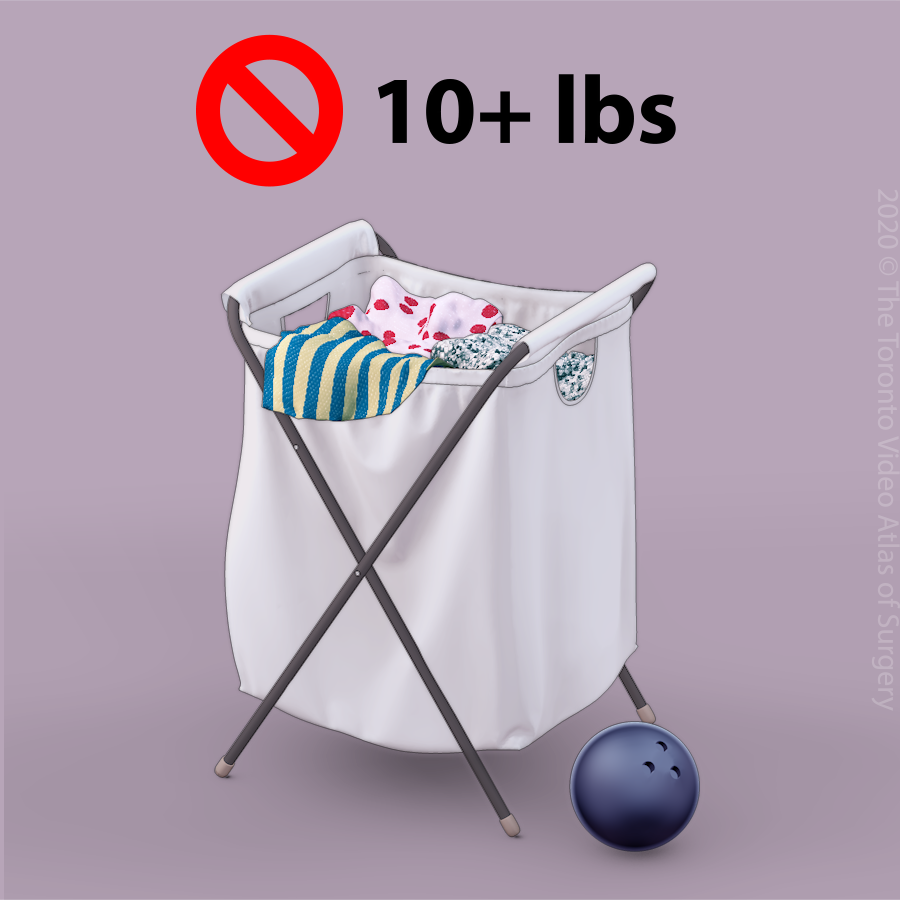
There are very few limitations following a C-section.

Heavy lifting
Avoid lifting anything more than 10 pounds (other than the baby) until 6 weeks after your surgery.

Driving
Avoid driving until you are no longer taking narcotic pain medications and you can make quick movements (i.e. slam on brakes). This time frame is different for everyone.

Sex
Avoid intercourse for 6 weeks postpartum, until the bleeding stops, to prevent infection.

Swimming
Avoid swimming for 6 weeks postpartum, until the bleeding stops, to prevent infection
By 6 weeks most women are completely healed. You will see a care provider at 6 weeks for a routine postpartum visit. Usually after this visit, you may resume full activities without any restrictions.
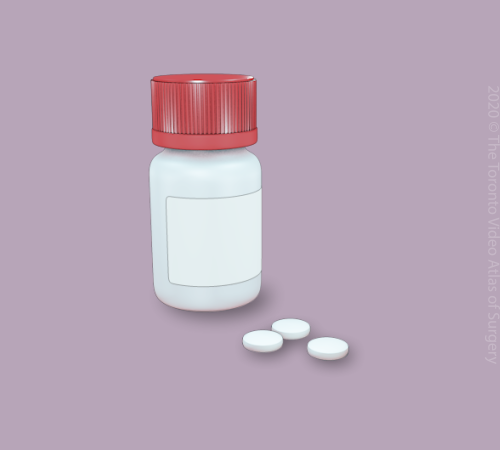

You will be encouraged to take acetaminophen (Tylenol) and ibuprofen (Advil) or naproxen (Alleve) for the first few days after your surgery.

Some women need stronger pain medications (narcotics), which can be prescribed before you leave the hospital.
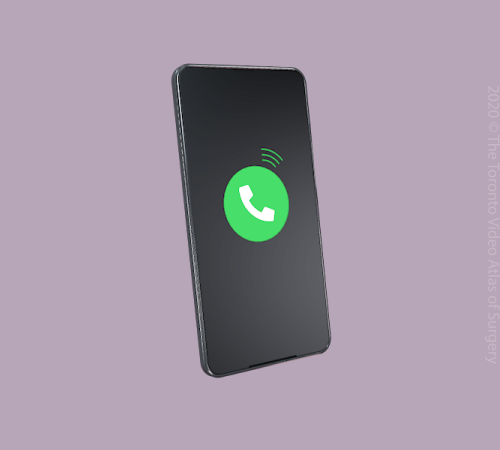
You should call your care provider if you experience:

Heavy vaginal bleeding requiring you to change your pad every hour for more than two hours.

Foul smelling vaginal discharge.

Redness and/or worsening pain around your incision.

Discharge, blood or opening of the skin incision.

Persistent temperature over 38 degrees Celsius.

Chest pain and/or worsening shortness of breath.

Severe leg pain, redness and swelling (usually one leg).

Severe pain that is not improved with your usual pain medications.

Redness or swelling in one or both breasts.
If you have concerns about your baby, please call your baby’s healthcare provider.
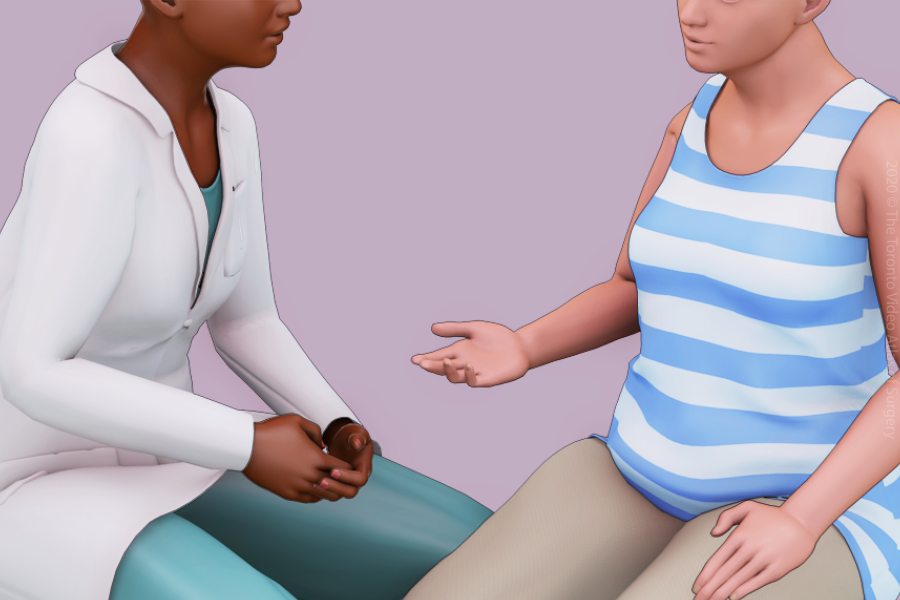

You should see a healthcare provider after 6 weeks for a routine post delivery visit.

At this visit, your practitioner will ask you how you are feeling, assess your mood and how you have adapted to life at home with a new baby.

Your practitioner will also talk to you about contraception.

Your practitioner will check your scar and feel your abdomen to make sure you have healed well.

You might also have a Pap test (if you are due).

This can also be a good time to ask questions about future pregnancies, mood or feeding concerns.
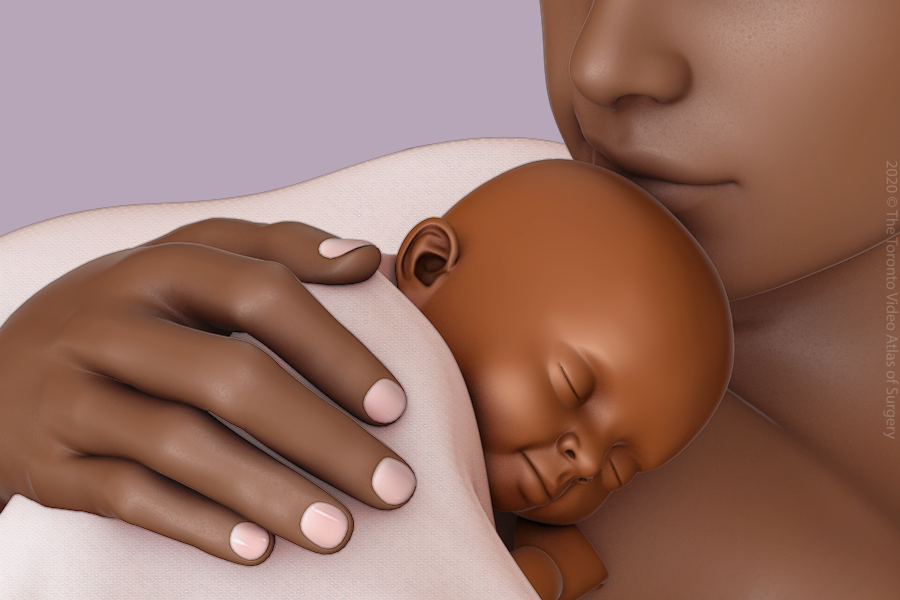

Although this is a very exciting time for you, it can also be filled with many challenges.

It is common for women to feel sad and/or overwhelmed during this time.

However, if you notice that you are feeling sad/lonely/angry and/or not enjoying spending time with your baby, these may be signs of postpartum depression.

Please contact your care provider as soon as possible for an assessment.